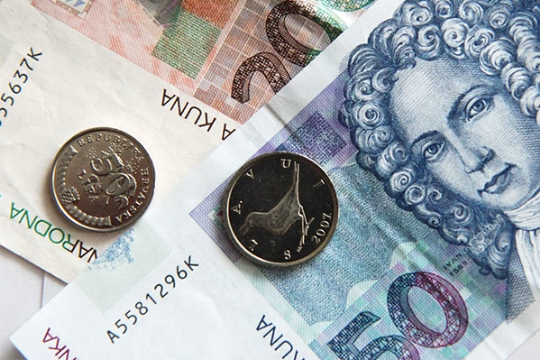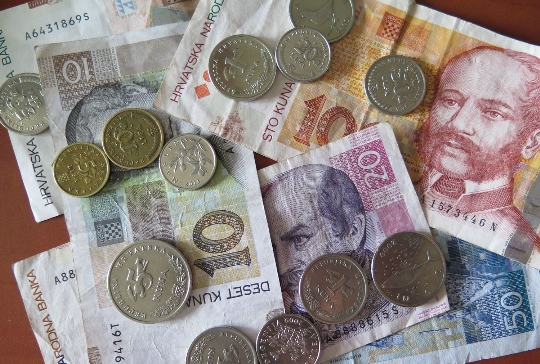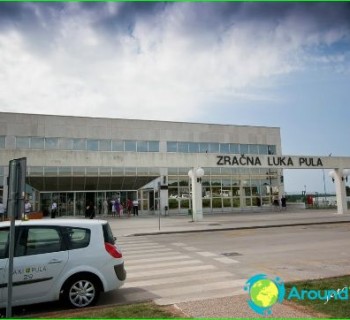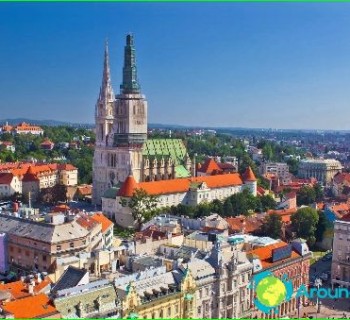Currency in Croatia

The Republic of Croatia has recently been a member of the European Union. Despite this, the country uses its own currency. Before the first trip here, many tourists ask the question: What is the currency in Croatia? The main currency in Croatia is the Kuna. This currency was used from 1941 to 1945. and has been used to this day since 1994.
Currency history
As mentioned above, the Croatian kuna was used from 1941 to 1945. Since 1945, the main currency was the Yugoslav dinar, which was exchanged at a ratio of 1 dinar = 40 kuna. It was decided to switch to kuna again in 1994, during the year the exchange was carried out at the rate of 1 kuna = 1000 dinars. The full transition to the new currency was carried out in July 1995.
At the moment, there are coins and banknotes in circulation. Coins in denominations of 1, 2, 5, 10, 20 and 50 lime, 1, 2, 5, 25 kuna. Banknotes in denominations of 5, 10, 20, 50, 100, 200, 500 and 1000 kuna.
What currency to take to Croatia
Obviously, the best option would be the euro. At least because the country is a member of the European Union. In addition, it is much more convenient to exchange euros for kunas in Croatia than, say, dollars or rubles. When exchanging euros for kunas, you do not need a passport and note numbers are not rewritten - this significantly saves time.
There are no restrictions on the import of currency into Croatia - this applies to foreign currency. If you plan to import kuna into the country, then there is a restriction - it is allowed to import up to 2000 kuna, while the denomination of bills should not exceed 500 kuna.
Currency exchange in Croatia
It is not difficult to exchange currency in Croatia, but you need to think about the place of exchange. Since different exchange offices offer different conditions, for example, hotels will have the most unfavorable exchange rate. It is best to contact specialized exchange offices. It is also worth paying attention to the commission when making an operation, as a rule, it is 1.5-3%.
It should be said that there are branches of Sberbank banks in Croatia. The Russian bank in 2013 bought the Austrian Volksbank International. Today, there are more than 30 branches of the Savings Bank, as well as many ATMs.
Important: when leaving the country, it is best to exchange local currency, for example, in euros. It will be problematic to exchange coons in Russia.
Plastic cards
In Croatia, a large number of services can be paid using bank cards. As a rule, cards are accepted by supermarkets, restaurants, gas stations, etc. In addition, you can withdraw money in Croatia using ATMs.



